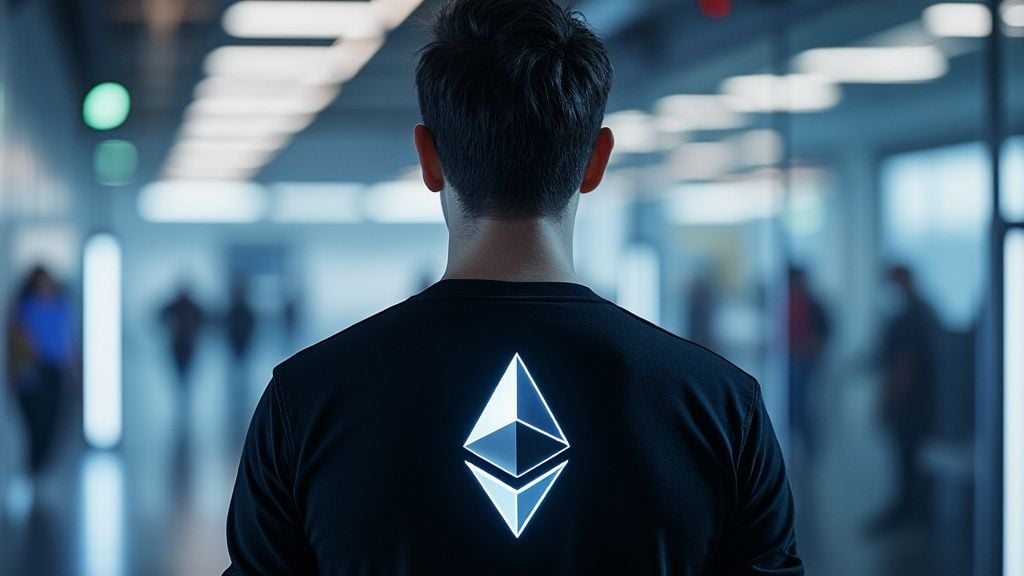Vitalik Buterin Outlines Ethereum's Path to a Unified Ecosystem

Ethereum co-founder Vitalik Buterin has recently highlighted the significant challenges facing the Ethereum network, particularly the urgent need for a unified ecosystem. In his latest insights, he discusses the future goals of Ethereum, especially during an upcoming phase known as “The Surge.” This phase aims to enhance scalability, enabling swift cross-chain transfers and creating a more cohesive user experience. Buterin points out that Ethereum’s biggest hurdle is its fragmented ecosystem, which currently consists of various Layer 2 (L2) solutions, each with unique features. He envisions a future where these solutions achieve interoperability, allowing them to function as a single, cohesive unit rather than 34 separate blockchains, ultimately fostering innovation and improving user experience.
The ambitious goals of “The Surge” include achieving over 100,000 transactions per second (TPS) across both Layer 1 (L1) and Layer 2 solutions. However, Buterin emphasizes that this scalability must not compromise decentralization and security, which are core properties of Ethereum. He advocates for the integration of L2 solutions that maintain trustlessness, openness, and resistance to censorship. Additionally, Buterin stresses the importance of scaling the base chain, as a highly scalable L2 could pose risks if L1 struggles to process transactions. Instead of merely increasing the gas limit, he proposes making specific computations cheaper while preserving decentralization, suggesting improvements like multidimensional gas pricing.
Furthermore, Buterin underscores the necessity of enhancing user experience within the Ethereum ecosystem. He believes that using L2 networks should feel seamless, allowing users to send tokens across chains without the technical burden of manual bridging. As Ethereum transitions from a monolithic roadmap to a rollup-centric approach, Buterin acknowledges the unique challenges this shift has introduced. The recent Dencun upgrade has been pivotal in scaling Ethereum, but it also raises concerns about siphoning users from the mainnet. Ultimately, Buterin’s vision for Ethereum is to address these challenges while preserving its foundational values, ensuring that the evolution towards an L2-dominated ecosystem does not compromise what makes Ethereum unique.
Related News





